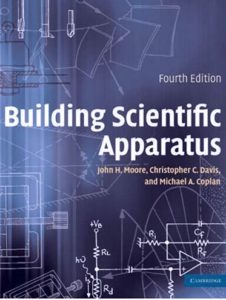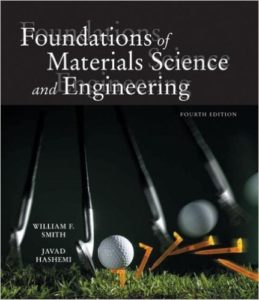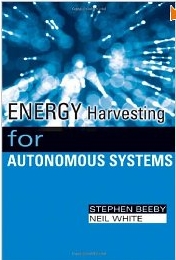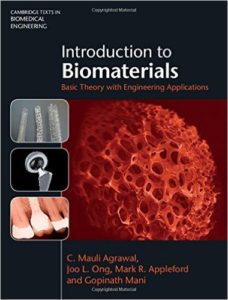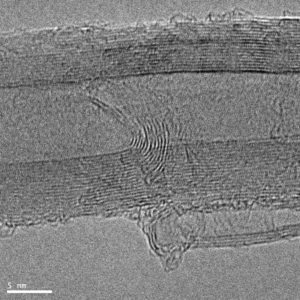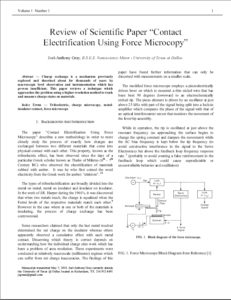Fabrication Engineering at the Micro- and Nanoscale 4th Edition by Stephen A. Campbell
ISBN 0199861226 – 688 pages $100.00 on Amazon Published: Oxford University Press November 2012
While the title of the book may sound generalized to making nanomaterials, it focuses primarily on the semiconductor industry and the involved techniques and tools required to build a reliable integrated circuit.
In this arena, it is an excellent primer as it contains a logical division of chapters, explains numerous concepts using both photographs, illustrations and math calculations, and even has some simple code for use in Silvaco’s ATHENA in order to perform analysis and automate simulations.
A number of the areas covered such as ion implantation, wet etching, vacuum science, etc. give a strong grounding for researchers who wish to fabricate devices along the lines of traditional processing equipment and explains the physics behind these tools. Furthermore, I would consider it required reading and/or a reference for professors and students who utilize a cleanroom in order to make devices at these size regimes.
But be aware that most any of the topics discussed in this text has enough breadth and depth to where any one chapter could be expanded into a book in it’s own right. Furthermore, the sophistication and complexity of certain ideas could have benefited from additional clarity as this is a tough subject to follow without either the guidance of a professor who has worked in the industry, or a strong grasp of material science. This was taught as an undergraduate Electrical Engineering elective at my university and I found that a lot of EE students have difficulty understanding how chemical and/or mechanical factors influence the performance of an electrical device.
Finally, I found the end chapter questions unusually difficult as checking your answers with any confidence was daunting without a good solutions manual to help point the way. What surprised me is that this class (at the time I was taking it) did not officially count towards any nanoscience elective. Also, this book borrows very heavily from Richard Jaeger’s book:

